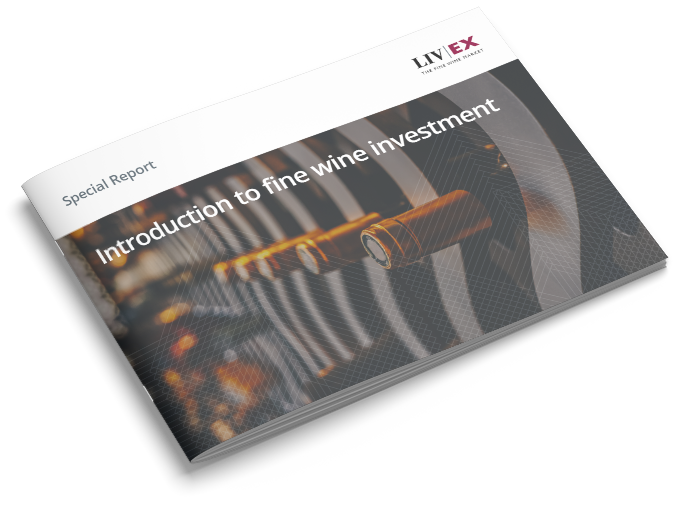Guest blog: with the Bordeaux harvest now coming to an end, the Bordeaux grower, local winemaker and writer Gavin Quinney (@GavinQuinney) provides an insider's view on the harvesting process and the conditions that have affected this year's crop.
All photos below courtesy of Gavin Quinney. Copyright © All Rights Reserved.
Lafite, 2012 (photo copyright © Gavin Quinney)
Bordeaux as the last of the Cabernet Sauvignon is being picked by the top
estates of the Left Bank this week. On the Right Bank, what’s left of the
Merlot will be brought in shortly and then, lastly, the remaining Cabernet
Franc.
2012 came close to being a terrific vintage. As it is, it's a promising vintage
at the top level, thanks mainly to a fine August and most of September,
although yields are fairly low. “What we have is good but there’s just not much
of it”, remarked Christian Seely, MD of Chateau Pichon-Longueville-Baron. (I
did warn him that this might raise an eyebrow.)
“It’s a very good vintage, if not a great one”, claimed Paul Pontallier at
Chateau Margaux on Monday, as the final cagettes of Cabernet Sauvignon
were ferried into the huge reception area. “A lovely summer and September with
rain just before harvest, which is completely normal.”
It was always going to be a late show, after a belated start, a wet spring and
drawn-out flowering in June. Then we had one of the best summers I can
remember, with sunshine for two months from the end of July onwards.
The rain in the last week of September, which was nothing out of the ordinary,
could have been just what the doctor ordered, provided that the rain stopped
there and the sun returned.
So, after all that had gone before, the fate of the harvest now rested on a dry
October for the final ripening. What we got, in the end, was a mixed bag. There
was also a turning point, when intermittent drizzle and humidity at the start
of the second week of October persuaded many owners and managers to crack on
with it – especially in St-Emilion, where they start a little later. For a few
days and nights, this greenhouse effect was perfect for the development of
botrytis, which had hardly been evident until now.
That said, the grapes I’ve seen coming onto the sorting tables at umpteen
Chateaux on both banks were in very good shape. Most are thick skinned, healthy
and ripe. There was minimal rot, despite the late crop, and it was fairly easy
to eliminate any in the vineyard.
Petrus sorting table, 2012 (photo copyright © Gavin Quinney)
Uneven ripeness of the grapes has been a worry in 2012 so, once again, there's
a plethora of expensive new kit in the reception areas of the top tier of
estates. New de-stemmers, new tri-optique and other sorting systems, new
systems to deliver the grapes by gravity, and so on.
Even the conservative Chateau Léoville Barton has a new optical sorting machine
– a few years ago, there wasn’t a sorting table. Next door, Léoville Las Cases
has three different de-stemmer systems and two different optical sorting
machines. Humans haven’t been entirely replaced, however. Picking is 99% by
hand at the Cru Classés and many chateaux still use manual sorting lines, or a
people/techno combination.
It's all changed in the last five years, and it's fair to assume that ditching
inferior grapes is a positive move in a year like this. It would also be easy
to think that the investment in sophisticated kit is restricted to just the big
names, yet that’s not the case. To quote one example, Chateau L’Arrosée, with
just 9.5 hectares in St-Emilion, are using an optical sorter and then
conveyors to take the grapes by gravity to the top of the concrete cuves
(tanks).
Las Cases, 2012 (photo copyright © Gavin Quinney)
With few exceptions, almost all the reds in 2012 have come in during October.
That's in complete contrast to 2011, when the red wine harvest was pretty much
wrapped up by the end of September.
On the Left Bank, the Cru Classés kicked off with Merlot in the first week of
October 2012, then the Cabernet Sauvignon during the second and third week. On
the Right Bank, Pomerol was first as usual, in late September. The Premier
Grand Cru Classés of St-Emilion began their Merlots during the second week, in
the main.
As for the whites, the Sauvignon Blanc and Sémillon for dry wines were largely
picked in mid-September – mostly before the rain in the last week, and under
clear skies. Meanwhile, I only went to Sauternes before any noble rot set in,
so I can't really comment. Time to pop down there again, if it's not too late.







